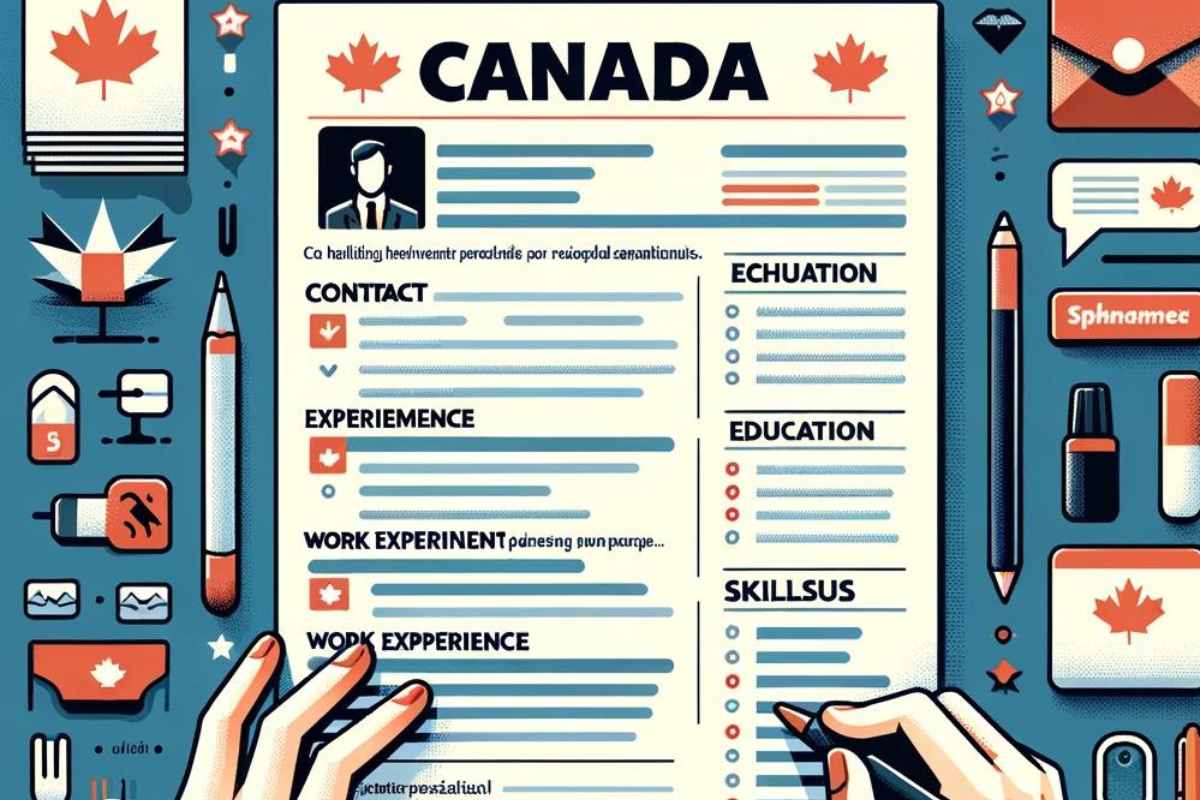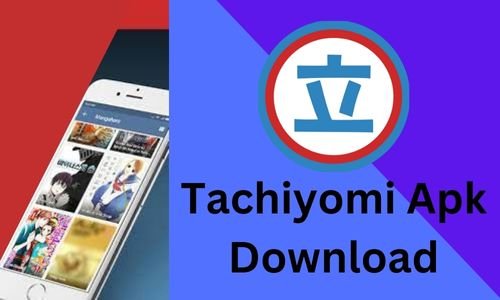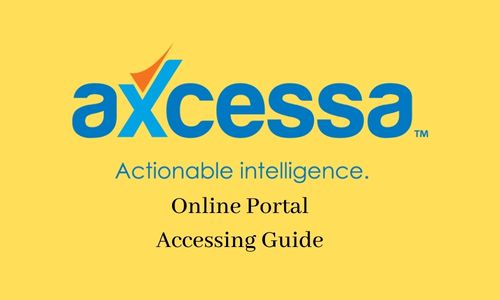Writing a resume for Canada requires careful attention to detail and adherence to certain guidelines to effectively showcase your qualifications. Below is a comprehensive guide on how to create a Canadian resume.
A Canadian resume typically follows a structured format and is concise, usually not exceeding two pages. Start by providing your full name, phone number, email address, and LinkedIn profile, as well as other contact details. Ensure your LinkedIn profile complements your resume, serving as an extended version with more details about your professional journey.
Professional Summary, Education, and Skills
To make your resume stand out, consider starting with a compelling professional summary or objective. This brief section allows you to showcase your career goals and key qualifications, providing employers with a quick snapshot of what you bring to the table.
Start the resume mentioning your most recent job and arrange your work history in reverse chronological order. For each position, provide the information below:
Employment History
List down your work experience in reverse chronological order, starting with your most recent job. Add the following information for each position:
- Job Title: Clearly state your position.
- Company Name: Write the company’s name.
- Location: Specify the city and province.
- Dates of Employment: Provide the beginning and ending dates of each job.
- Responsibilities and Achievements: Provide a concise overview of your responsibilities and any significant accomplishments.
Education
Then, state your academic qualifications clearly. Mention the following information:
- List your educational background in reverse chronological order. Include the following information:
- Degree: Specify the degree you
Earned.
- Major/Field of Study: Mention your major or field of study.
- Institution: Name the university or college you went to.
- Graduation Year: Include the year you graduated.
Continuous Learning
In the fast-paced professional landscape, showcasing a commitment to continuous learning is essential. Mention any ongoing education, workshops, or courses that contribute to your professional development. This reflects your adaptability and eagerness to stay current in your field.
Skills
After that, create a section for your key skills, emphasizing those relevant to the job you’re applying for. This could include technical skills, languages, and soft skills. Don’t overstate your skills; instead, be truthful about them.
Certifications and Training
If you have relevant certifications or additional training, include a section for these. This can enhance your qualifications and demonstrate your commitment to professional development.
Volunteer Experience
Then, in a separate section, highlight any volunteer work you’ve done, especially if it relates to your professional goals or demonstrates transferable skills. Add the name of the organization, your position, and the times you volunteered there.
Language Proficiency
If you are bilingual or have proficiency in languages other than English, mention this in a separate section. Clearly indicate your language proficiency level.
Technology Proficiency
In today’s digital age, emphasizing your proficiency with relevant technologies is crucial. Specify software, tools, or platforms you’re adept at using, showcasing your ability to navigate the digital landscape effectively.
Global Experience
If you’ve gained international experience, emphasize this in your resume. Highlighting global perspectives, cross-cultural communication skills and adaptability can be valuable, especially in Canada’s diverse work environment.
Additional Sections
Depending on your background, you may include additional sections like awards, publications, or professional memberships.
Formatting Tips
- Use a clean and professional layout with easy-to-read fonts.
- Utilize bullet points for easy readability.
- Do not include any column of information; write your resume in paragraph style.
- Be consistent in formatting throughout the document.
- Tailor your resume for each job application, emphasizing relevant skills and experience.
Additional Considerations
- No Personal Information: Avoid including personal details such as age, marital status, or a photo.
- References Available Upon Request: You don’t need to include references on your resume. Just mention that references can be provided upon request.
- One Page Length: The ideal length for a Canadian resume is one page. You may write a maximum of 2 pages if applying for senior positions.
Proofreading
Make sure there is no error in your resume before submitting it. Consider asking a friend or coworker to read it over as well.
Conclusion
Crafting an effective Canadian resume involves presenting your qualifications in a clear and organized manner. Tailor your resume for each job application, emphasizing relevant skills and experience to increase your chances of success in the competitive job market.





